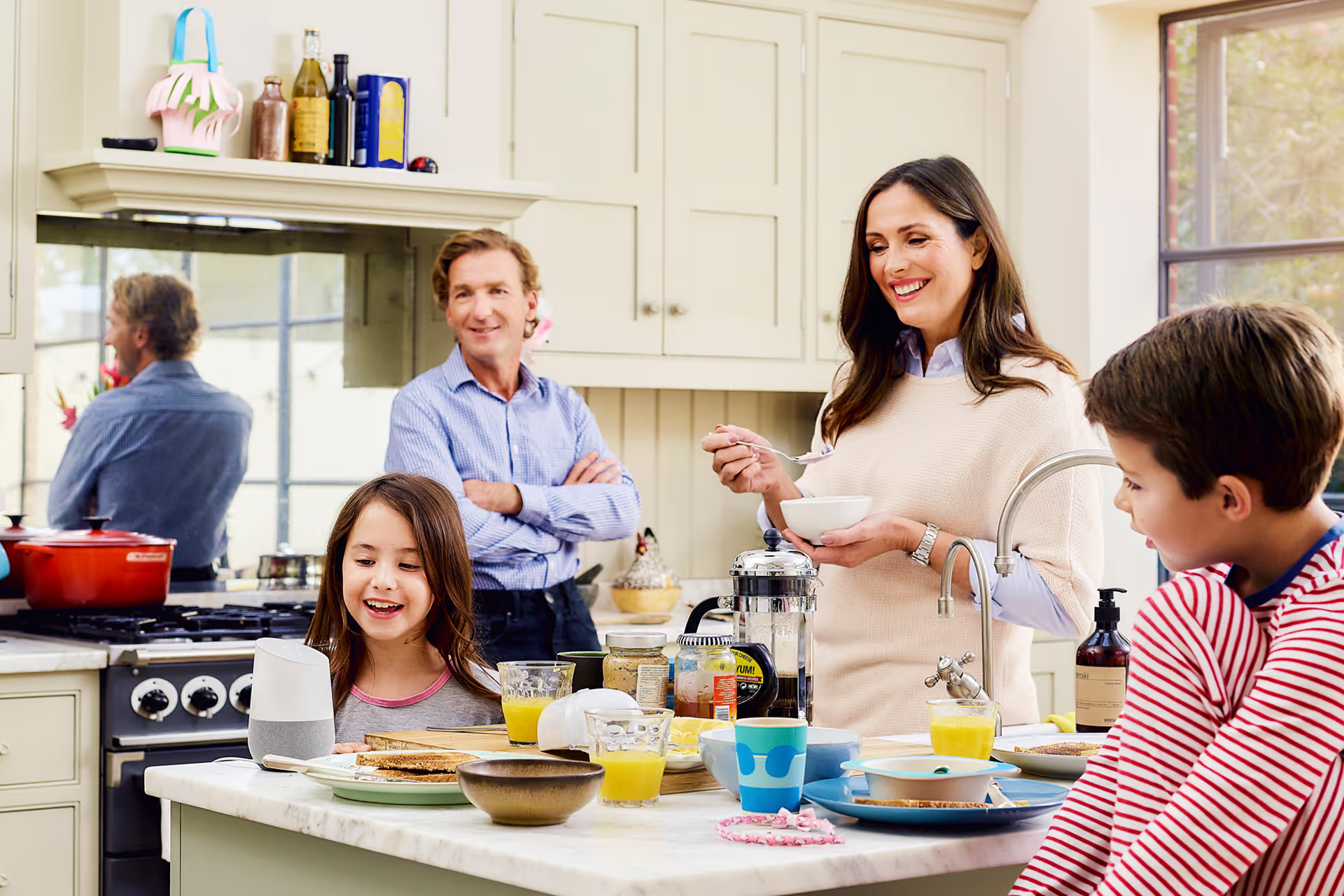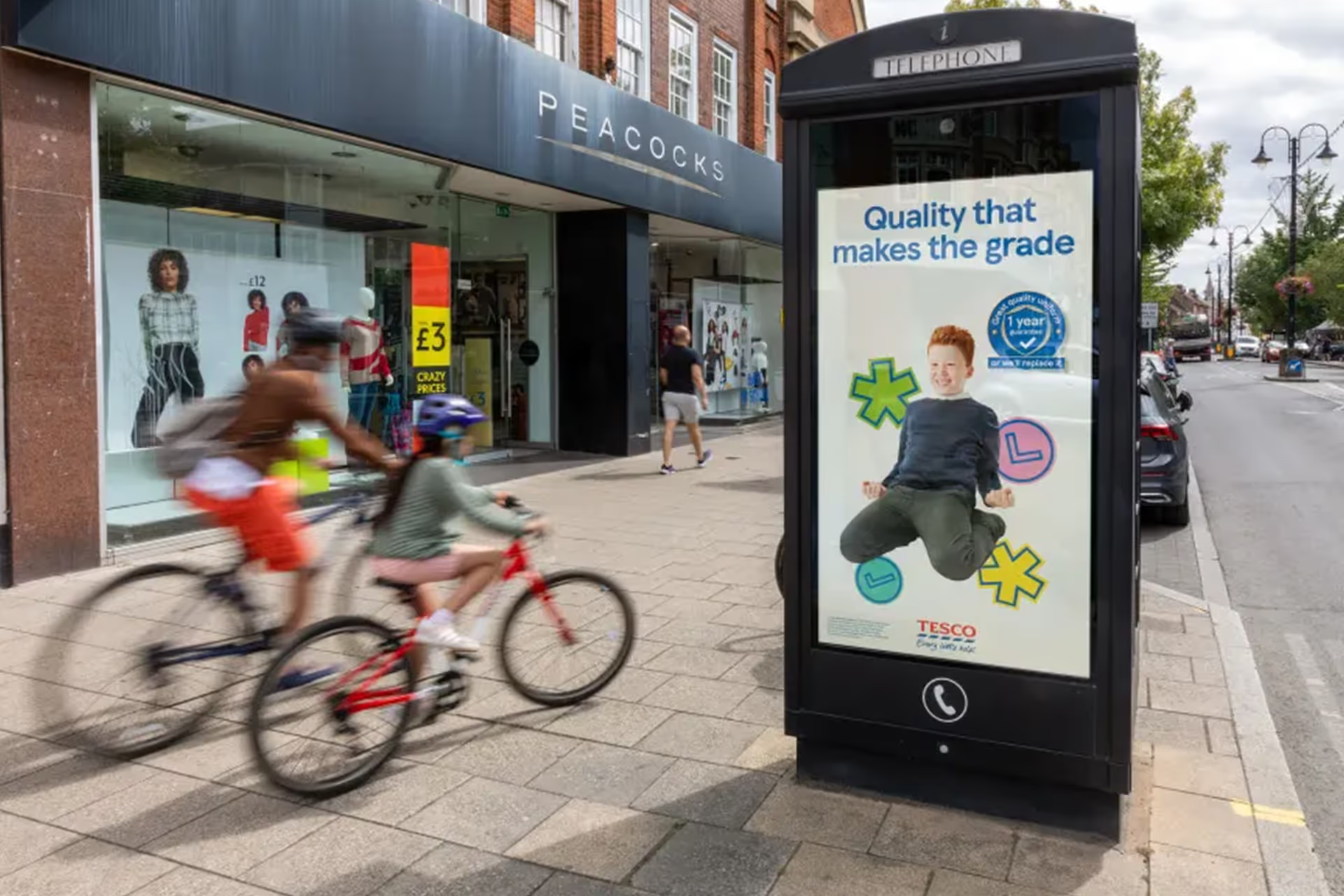Screens deal
We can book your brand on 5 landscape and 5 portrait screens in Trafford Centre, between 23-30 Dec (excl. Xmas Day) for £2000.
Call us nowWe can book your brand on 5 landscape and 5 portrait screens in Trafford Centre, between 23-30 Dec (excl. Xmas Day) for £2000.
Call us nowBack to School is a high-stakes season for UK retailers, with over £1.2 billion in annual spend. This article explores how multichannel advertising across TV, radio, and out-of-home can help brands reach parents at key decision.
Back to School is the second biggest retail event in the UK after Christmas, with families spending over £1.2 billion each year on uniforms, footwear, stationery, lunchboxes and tech. It is a short but intense window where purchase intent is high and decisions are often made quickly. Retailers that succeed are those that plan ahead, establish early visibility and deliver clear, relevant messaging across multiple channels.
Television continues to play a pivotal role in shaping brand perception during this period. It delivers reach and authority, making it ideal for storytelling that taps into themes of preparation, value and family life. With households focused on getting children ready for the new term, TV offers the perfect space to communicate trust and reliability.
For Back to School campaigns, creative should highlight real-life scenarios that parents recognise whether it’s last-minute shopping, getting uniforms sorted, or preparing for that all-important first day. Messaging that blends emotional resonance with practical value stands out. TV slots around family viewing moments such as early evening programming or weekend schedules are particularly effective for reaching parents and guardians when they are most attentive.

Radio reaches busy parents during daily routines such as the school run and commute. It provides a timely reminder exactly when attention is needed most. According to comms psychology, repeated exposure to a consistent cue—like a branded tagline or offer—reinforces memory priming in the listener’s mind without overloading them.
Messaging should feel personal and local. A customer-oriented delivery or familiar presenter voice creates warmth and credibility. Script language should be concise, direct, and urgent: “Three days until cut‑off for next-week delivery” or “Sale ends Saturday.” Frequency matters, multiple airings during high-listenership windows build recognition and influence behavior.

By the time shoppers are in store or in transit, decisions are imminent and this is where out of home comes into its own. From posters outside supermarkets to digital panels in retail parks, it places your brand in the line of sight just as parents are about to buy. But it does more than remind. It keeps your message top of mind through repetition and relevance.
For maximum impact, creative should focus on clarity and immediacy. Strong visuals, seasonal messaging and simple copy make an impression fast. QR codes help bridge the gap between physical and digital, offering shoppers a quick path from inspiration to action. This is often the final step in a campaign that has already built emotional engagement and created urgency, turning intent into purchase.

Each format plays a distinct role and can deliver strong results on its own. A well timed radio campaign can drive footfall. A targeted TV spot can build brand preference. A smart out of home placement can trigger action at the point of purchase. But their true strength lies in how they work together. Television introduces your story and builds emotional connection. Radio reinforces it through regular, timely reminders. Out of home keeps your brand visible when families are ready to act. Together, they create a consistent experience that supports parents and shoppers from first thought to final decision.
Back to School may be a short window, but it is a competitive one. With the right creative and channel mix, whether you use one medium or many brands can go beyond awareness and drive meaningful outcomes. This is where smart planning meets real world behaviour, and where visibility becomes tangible value.
You can talk to us about how to get your brand noticed on any media platform.